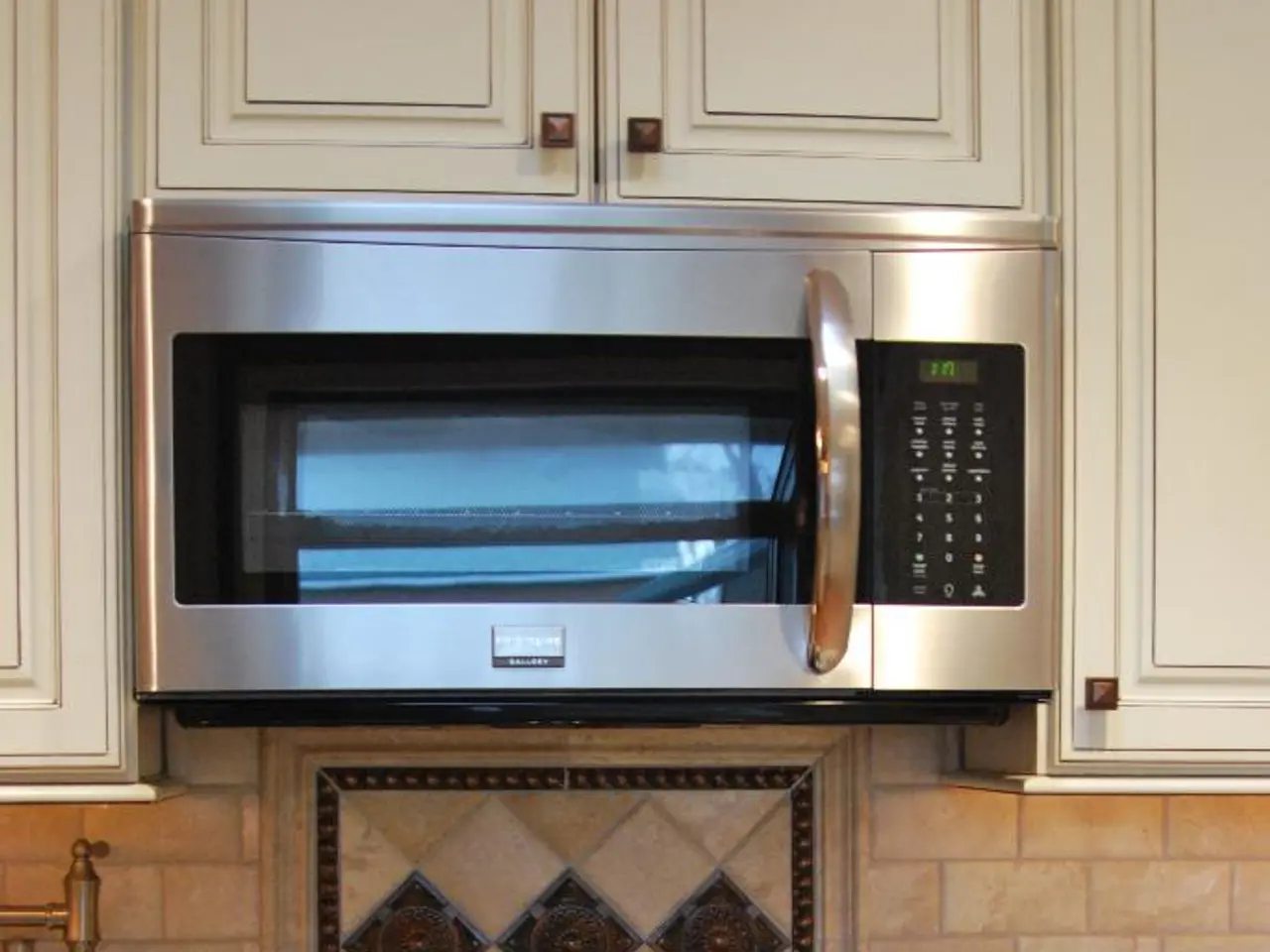Enhancing Soil before Planting: Strategies for Maximum Yield
Sterilizing Garden Soil at Home: A Comprehensive Guide
Sterilizing garden soil is an essential step for home gardeners to ensure the health and growth of their plants. Here are some methods for sterilizing soil at home, focusing on oven sterilization and solar sterilization.
Oven Sterilization
Oven sterilization is a reliable and accessible method for sterilizing soil. To effectively sterilize soil using a home oven, follow these steps:
- Preheat your oven to 180°F–300°F (82°C–150°C). Higher temperatures (around 300°F) are often suggested for more thorough sterilization, but be cautious not to exceed this range to avoid releasing harmful gases or destroying soil quality.
- Spread the soil in an oven-safe, shallow tray about 1 to 2 inches deep. Avoid piling the soil too thickly so heat penetrates evenly.
- Cover loosely with foil to retain moisture but allow some steam to escape.
- Bake the soil for about 30 minutes at the chosen temperature.
- Let the soil cool completely before use.
Additional tips: - Monitor soil temperature with a thermometer if possible to avoid overheating. - Sterilizing soil at home prevents pathogens in seed starting or sensitive planting mixes. - Avoid soil that smells burnt or changed drastically afterward, which indicates overheating.
Solar Sterilization
Solar sterilization, or solarisation, is a common way to sterilize large amounts of soil. The process involves covering the soil with layers of plastic to trap the sun’s energy and raise the temperature to kill off problematic pathogens, weed seeds, and pests.
- Irrigate the soil until it is slightly moistened before starting the solarisation process.
- For smaller quantities of mineral or potting soil, place the soil in plastic bags and set them in a sunny location. For larger quantities, spread the soil between a bottom and top layer of plastic to trap the sun’s energy.
- Allow four to six weeks of solarisation during the hottest part of the year. Clear or transparent plastic is generally a better choice than black plastic for solar sterilisation.
- Allow the soil to cool completely before planting any cuttings, seedlings, or plants.
Other methods for sterilizing soil include using steam, a pressure cooker, a microwave, or a grill. However, these methods may be less accessible or suitable for smaller quantities of soil.
Remember, when sterilizing soil with boiling water, avoid splashing or allowing the hot water to drain onto any plants. And while earthworms may move deeper into the soil profile during solarisation, many beneficial soil organisms can survive solarisation or quickly recolonise the soil afterward.
By following these methods, home gardeners can ensure their soil is free of harmful pathogens, pests, and weed seeds, promoting a healthy and thriving garden.
[1] University of California Agriculture and Natural Resources. (2015). Home Composting. Retrieved from https://anrcatalog.ucanr.edu/Details.aspx?itemNo=8254 [2] University of Florida IFAS Extension. (2021). Solarization. Retrieved from https://edis.ifas.ufl.edu/pdffiles/UV/UV01000.pdf [3] Cornell University Cooperative Extension. (2021). Soil Solarization. Retrieved from https://nysipm.cornell.edu/resource/soil-solarization [4] University of California Agriculture and Natural Resources. (2015). Solarization. Retrieved from https://anrcatalog.ucanr.edu/Details.aspx?itemNo=8254 [5] University of Florida IFAS Extension. (2021). Microwave Soil Sterilization. Retrieved from https://edis.ifas.ufl.edu/pdffiles/PP/PP08300.pdf
Engaging in home-and-garden activities, such as gardening, requires a well-sterilized garden soil to ensure the growth of healthy plants. For those who prefer an oven-based method, oven sterilization is a reliable choice, while solar sterilization, or solarisation, works well for large soil quantities.




